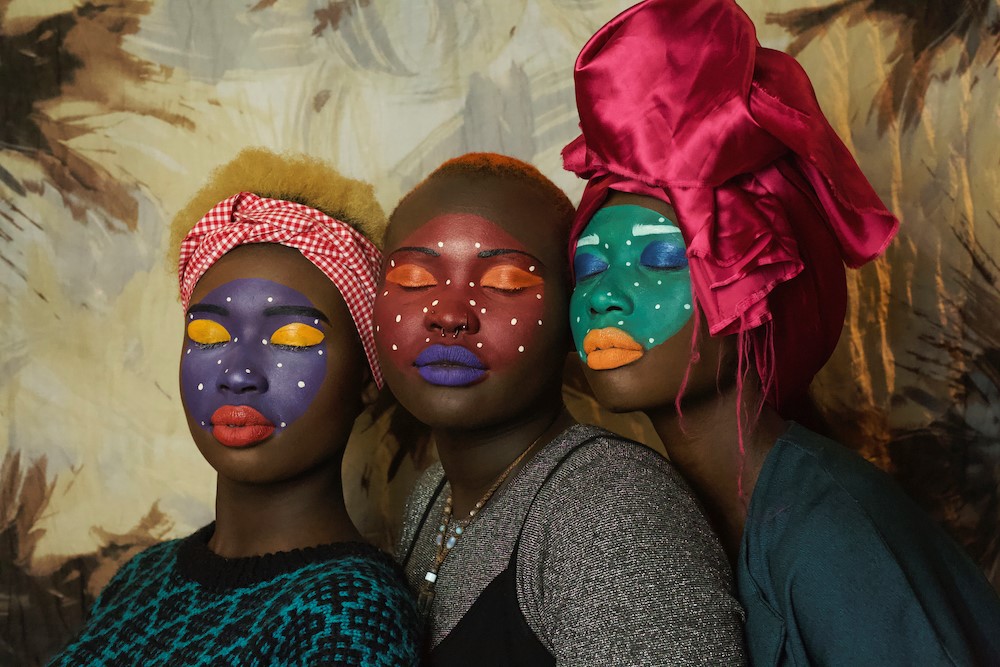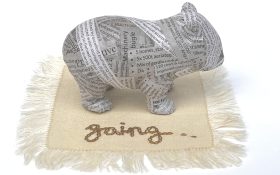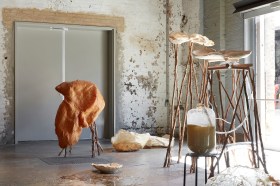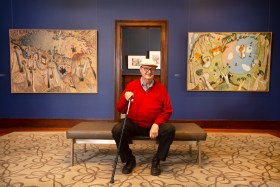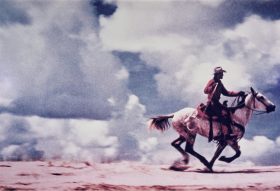The concept of ‘home’ means many things to different people – memories of a beloved homeland from which one has been displaced by war or natural disaster, for example, or embracing a new city and discovering new communities in Australia’s most multicultural city, Dandenong.
“Since 2002, Dandenong is a refugee welcome zone, so it’s one of the main points of arrival of a lot of people – families and individuals that have left their homeland for humanitarian reasons. Dandenong is also the most multicultural city in Australia. We have people living here who come from over 150 different birth places, speaking more than 40 different languages. So there is a great cultural richness, and there is a lot of diversity also in terms of the stories that all of these peoples and communities bring in to Dandenong,” says Dr Miriam La Rosa, curator of the City of Greater Dandenong’s major exhibition, HOME 25: Invisible Cities.
HOME 25 is the latest iteration of an ever-evolving exhibition series. It began life as an art prize and later evolved into an annual exhibition program – occasionally focused on a single artist but more often a group show – and has helped launch the Australian careers of a number of artists, although some were already celebrated in their countries of origin.
This year’s exhibition tells a shared story through multiple perspectives and features 16 artists. Half of them are established artists who were invited to participate and the other half are emerging artists who were gathered through a selection process involving an open call – the 32 applications received were carefully whittled down to the eight other artists participating in HOME 2025.
Artists in this year’s exhibition are: Vernon Ah Kee, Alee Afzali, Barat Ali Batoor, Rushdi Anwar, Atong Atem, Belinda Farinaccia, Carla Gottgens, Emily Jacir, Soyoun Kim, Karo Moret Miranda, Kent Morris, Adrian Olguin, Maroulla Radisavic, Hayden Ryan, Joseph (Yugi) Williams (Tennant Creek Brio) and Ka Yan So.
HOME 25 is presented across multiple venues spanning several blocks throughout central Dandenong, from the Walker Street Gallery and Arts Centre and the Drum Theatre, to the bustling Dandenong Market and the streets of Dandenong itself.
“We’re taking over central Dandenong, from Dandenong Palm Plaza to all the different community spaces, including our Harmony Square exhibition windows and the Garnar Lane light boxes – it is a multi-site exhibition that features the work of 16 artists from a lot of different walks of life and a lot of different contexts. And it’s a very good mix of well-established practitioners as well as emerging artists – artists that are active globally, nationally, as well as hyper-locally.”
Nor is HOME 25 restricted to a single, significant exhibition; its diverse program operates on what La Rosa calls “‘the Dandenong model’ – the way we like to develop the exhibition”.
She continues: “The visual arts are the starting point for a much broader conversation where we bring in lots of community leaders and relevant organisations in the area to involve community in the activities that we do, while still showcasing the work of professional artists.”
The ‘Dandenong Model’ extends to this year’s public program, which spans the 14 weeks of HOME 2025 and deepens the exhibition’s exploration of place, identity and belonging through a carefully calibrated mix of performance, dialogue and co-creation.
Public program highlights include HOME 25: Invisible Cities’ opening event on Saturday 21 June, which invites audiences into an afternoon of ritual, storytelling, and embodied geography; Hakaya of HOME, a day of community storytelling; Punjabi Hip-Hop Cypher, a collision of music, dance, graffiti and open-mic expression and Reworlding Dandy, developed with RMIT Play Lab, an exploration of speculative urban futures through collaborative play, happening across Saturdays in August.
“We’re really starting to think of HOME as a flagship program for Greater Dandenong, and therefore we’re trying to reflect that diversity where refugee stories are still a core element, but there is a sense of richness that is very much still centred on this idea of movement, relocation, migration and new homes,” La Rosa concludes.
HOME 25: Invisible Cities opens on Saturday 21 June with an afternoon of ritual, storytelling and embodied geography; the exhibition itself runs from 24 June to 27 September. Learn more about the exhibition and its broad-ranging program of public events.
